Review
My days of receiving admiring looks and nods of approval from complete strangers are over.
To put this in context, for the past six months I’ve had the keys to our Alfa Romeo Tonale PHEV test car. And it’s a stunner. People walking past my house have stopped to ask about it and heads turn as I drive past. But my time with this Italian beauty is over. And I’ll miss it.
That’s not to say it’s been a purely harmonious relationship. There have been some electrical bugs detailed in previous tests, but my biggest issue is the noise from the engine as it climbs through the gears. For a company car driver who regularly travels up and down the country using main roads it’s not such a problem, as this is when the Tonale feels more comfortable and relaxed.
For town driving, to avoid causing a nuisance and attracting unwanted attention I used the large metal steering wheel mounted paddles to manually change gears. They're beautifully tactile and fun to use but it has an automatic gearbox, so why should I have to?
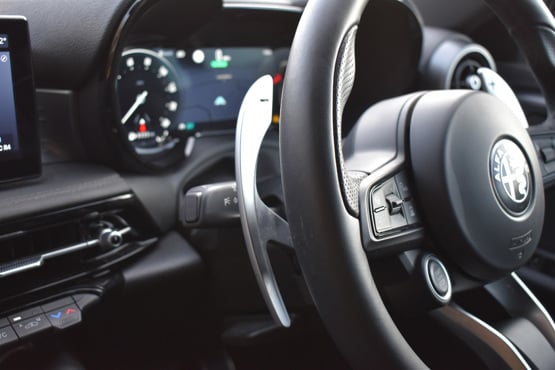
The car pairs a 1.3-litre petrol engine with an electric motor and a 15.5kWh battery pack. An official electric range of 40 miles places it in the 8% benefit-in-kind tax band.
I was able to commute to and from work on battery power alone, but I also did plenty of longer trips just on petrol and achieved an overall economy figure of well over 50mpg.
Equipment levels in the Tonale are decent and you’re not left wanting for much. Standard equipment includes 19” diamond cut alloy wheels, forward collision warning, automatic emergency braking, Apple car play/Android auto, wireless charging pad, adaptive cruise control, lane assist and more.
But, at a shade over £51,500 it’s an expensive car that competes with some hugely desirable models from prestige brands.
Keeping you safe on the road
Our Alfa Tonale long-term test vehicle is equipped with enough technology to satisfy any technophile.
But it’s not just packed with bells and whistles for entertainment or comfort as much of the technology offered is designed to help keep driver and passengers safe on the road.
The adaptive cruise control is a joy to use. It maintains a safe distance between the car in front and while I’ve found on other vehicles there can be a lag between the time the car slows and then speeds up again, it’s not the case here, so there’s no need to intervene with a quick press on the accelerator.
The reversing camera is also super useful (and very cool) as it displays a top-down view of the car, and it works brilliantly!
Add to the driver assistance mix front and rear parking sensors and an autonomous braking system that detects pedestrians and cyclists, and you can see why the Tonale ranks highly for safety.
One annoyance is the rather loud indicators that sounds like there’s a game of ping pong being held somewhere in the car. Thankfully, the sound system is powerful enough to dampen it.
There have also some rather bizarre speed limits showing in the dashboard display on a couple of journeys because of the traffic sign recognition feature. When travelling through a 30mph limit for example it displayed a low number of 16 and passing a 60mph sign it displayed 37. It would then correct itself when passing another speed limit sign.
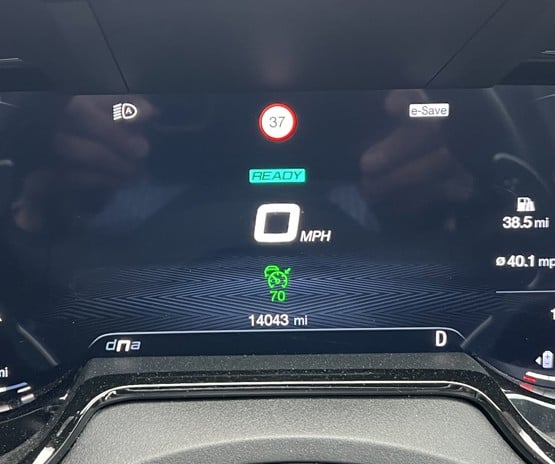
Overall, I’m pleased to report it’s been another mostly positive month with the car. It still gets a lot of attention because of its striking looks and the engine still fails to settle when moving through the gears but after a few weeks I’m getting used to both of those.
EV range and mpg tested
Our Company Car in Action event gave me the opportunity to test our long-term Alfa Romeo Tonale’s fuel economy using petrol power alone.
With an empty battery, I spent each of the two days travelling to and from the event covering around 200 miles mainly using the A1 trunk road at the national speed limit (until hitting the queues caused by the Black Cat roundabout roadworks).
The car’s trip computer showed the combined journeys returned a decent average fuel economy of 42mpg. Using the 1.3-litre petrol engine with electric motor and a 15.5kWh battery pack the figure for the past few months has been around 52-54mpg.
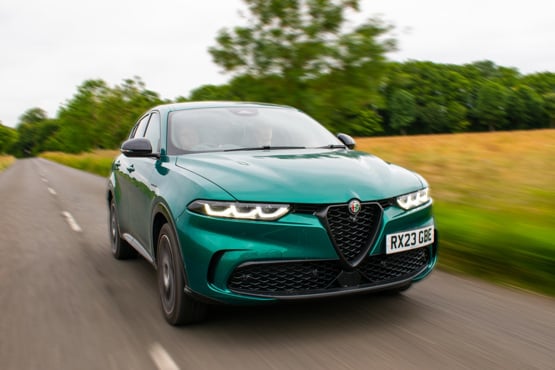
I also found it’s on trunk road/motorway journeys that the car performs best. Once it’s reached sixth gear and the road ahead is open it provides a calm and relaxed ride. Controlling the audio etc using the steering-wheel controls is easy and the switches for the air-conditioning and fan speed are within easy reach.
The adaptive cruise control works well without being intrusive.
To get a smoother driving experience on other types of road conditions it’s best to use Dynamic mode, although it cuts out the hybrid completely so not ideal for the environmentalists among us.
On the occasions I’m in the office on two consecutive days, I’ll fully charge the car at work (the official electric range is 40 miles which places it in the 8% benefit-in-kind tax band) and I’m able to travel home and to back into the office the next day (a journey of 30 miles) occasionally with one or two miles to spare.
Again, this is mainly using the A1 truck road so a respectable figure as travelling at the national speed limit will burn through the charge more quickly than a journey of 50mph on country lanes.
Getting to grips with the technology
I’m pleased to report that since its service the Alfa is showing fewer of what appear to be unnecessary warning messages, though that’s not to say it’s stopped them completely.
In recent rain a warning flashed that camera visibility was limited and that the AEB system couldn’t work but I’ve since learnt that’s not uncommon in many cars. It now doesn’t happen enough to make it an issue but that could be because of fewer rainy days.
When the AEB system is working, we've no complaints. The lane departure system is a little more intrusive, however, and can catch you out by tugging at the wheel when it thinks you're straying over the road markings. I prefer to switch the system off.
I’m still getting to grips with the noisy petrol engine and I’m not sure I’ll ever find a driving style that will make it more quiet, but I can live with it.
Another struggle is the 'virtual pedal' for opening and closing the boot. It's great for when you've got your hands full and need to open the hatchback, but often I find the boot starts closing itself while I’m sorting out the charging cables because it has detected my foot under the bumper. Thankfully, a warning sound is heard before it starts to close so I can move out of the way.
As I’ve stated before, there many positives of this striking Italian car and that includes its practical attributes.
Yes, like many other plug-in hybrids on the market today boot space is compromised by the battery pack that lives beneath the floor. But it’s not proved too much of a problem for family day trips, though we do have to use footwell space. The boot volume is 385 litres, some 125 litres smaller than a non plug-in Tonale, making it similar in size to compact crossovers like the Vauxhall Mokka and VW T-Cross.
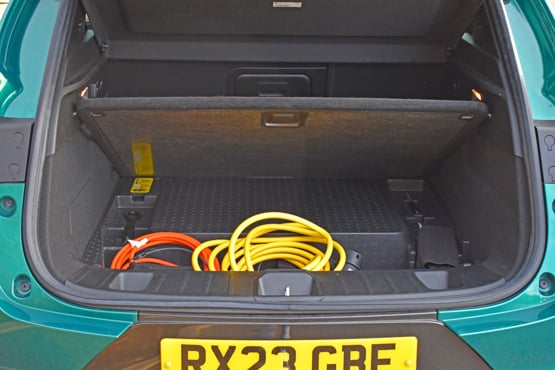
Handily there is a small stowage space beneath the boot floor, which I've been storing the charging cables in. This means they don't eat into that precious luggage space.
The Tonale is roomy inside and comfortable, though best suited to carrying two adults in the rear. I’d read previously that some drivers and front passengers can feel they’re a bit too close to the windows but it’s not something I’ve noticed.
Storage space is ample with enough cubby holes for keys and drink bottles etc. Access to the wireless charging pad for my pro-sized iPhone can be compromised though and I often have to twist it a certain angle to easily remove it. A minor complaint.
Will service fix electrical bugs?
Our long-term Alfa Romeo Tonale recently had a service and I’m hoping it’ll have ironed out a few of the initial problems we’ve noticed since taking delivery of the car.
The main issue has been a plethora of warning lights showing on the instrument panel. Often, an instruction would flash that the windscreen needed to be cleaned for the camera to work, but the glass wasn’t in the slightest bit dirty.
Another was ‘camera blinded’ in bright sunshine and a similar ‘camera disabled’ message would also show when it was raining.
This meant that many of the Alfa's standard-fit safety systems were not working. These include lane departure warning and lane keep assist, as well as autonomous emergency braking.
The positives of this car are many – it looks great and continues to turn heads. Alfa swapped it for a similar model while our long-termer had its service – it was a lovely red and also received a lot of attention.
The interior has a premium feel with all switches and dials well-built and sturdy. The cabin is comfortable with ample storage space and everything is within easy reach.
Being a plug-in hybrid I’m able to cruise around town on electric and then use petrol power without the need for charging stops on longer journeys. Early days, but according to the car’s computer I’m averaging over 50mpg.
The official electric range for our test car is 40 miles, but I’ve yet to achieve it in real-world conditions. Conveniently, the car offers an e-save button which means it doesn’t waste charge as I cruise at 70mph on a major A-road on my way home after charging at work.
Alfa Romeo Tonale PHEV joins our fleet
‘Pump 7, please’, I told the petrol station cashier. ‘The green car?’ she asked looking over at our latest long-term test vehicle. ‘I love it!’
Whether she was struck by the striking colour of the Alfa Romero Tonale (ours is Montreal Green) or by its classy Italian-style looks with its eye-catching 19-inch alloy wheels, I didn’t ask, but she’s not the only person to have given it some serious attention.
It’s parked outside my study window when I’m homeworking and I’ve seen a handful of people pause as they walk past to have a good look.
The Tonale is Alfa's first electrified model, offered with a mild-hybrid or a plug-in hybrid engine. We've opted for the latter, which pairs a 1.3-litre petrol engine with an electric motor and a 15.5kWh battery pack. The official electric range for our test car is 40 miles, placing it in the 8% benefit-in-kind tax band.
But at £51,000+ with options, whether I would recommend it is as an ideal company car, is a tad early to say, as there are some electronic niggles that I’ll be keeping our eye on.
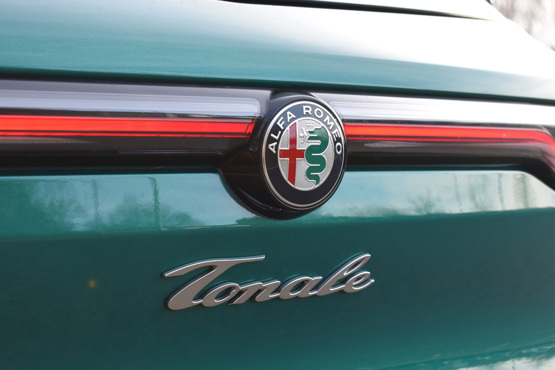
First, about the car. As you’ll have gathered, it turns heads – not just for its looks either. The petrol engine is quite noisy at low speed even with a light foot on the accelerator. It seems to struggle to find the correct gear when setting off but I’m trying different driving styles and modes to see if I can correct this.
While the powertrain lacks refinement, it's certainly not sluggish. Power output is rated at 280PS, making this plug-in model the most potent available.
The colour is subjective but it’s representative of the car and how people perceive it. I love it, my partner doesn’t. But there’s no denying it stands out from the crowd. Other choices include Misano Blue and Alfa Red.
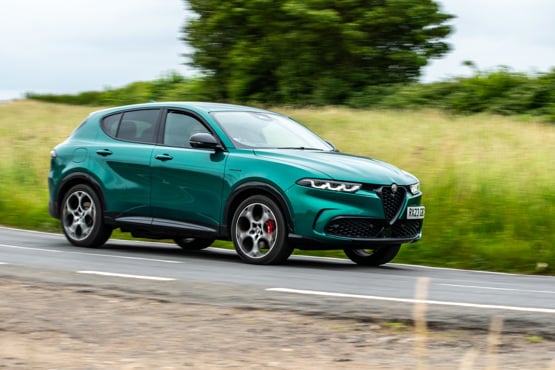
Options fitted to our Veloce grade test car are ‘techno pack’ at £1,700, which includes autonomous driving with navigation, powered liftgate, front parking sensor, parking assist and 360-degree camera, plus £1,500 for the striking colour scheme.
Standard equipment includes 19” diamond cut alloy wheels, Apple car play/Android auto, wireless charging pad, dual zone air conditioning, forward collision warning, automatic emergency braking, adaptive cruise control, lane assist and much more which we’ll be getting grips with over the coming weeks.
Mike Roberts returned to Fleet News in 2021 having previously been its news editor in the early 2000s.
He is now managing editor for Fleet News, AM and Rail in the Bauer B2B portfolio. Prior to this he was managing editor of Fleet News' sister-title Smart Transport.
Mike started his career in local newspapers in the 1990s and has since worked on several specialist titles, both in print and online.

Specs
| Manufacturer | Alfa Romeo |
| Model | Tonale Hatchback |
| Specification | Alfa Romeo Tonale Hatchback 1.3 PHEV Veloce 5dr Auto |
| Model Year | 2025.00 |
| Annual VED (Road tax) | £110 |
| BIK List Price | £50,335 |
| Range | 38.50mile(s) |
| CO2 | 30g/km |
| BIK Percentage | 13% |
| Insurance Group | N/A |
| CC | 1,332 |
| Fuel Type | Petrol Parallel PHEV |
| Vehicle Type | Compact SUV |
| Luggage capacity (Seats up) | 385litres |
| Doors | 5 |
Running Costs
| P11D | £50,335 |
| Cost per mile | 63.29ppm |
| Residual value | £16,950 |
| Insurance group | N/A |
| Fuel Type | Petrol Parallel PHEV |
| Cost per mile | 240.04ppm |
| Fuel | 2.90ppm |
| Depreciation | 233.40ppm |
| Service maintenance and repair | 3.74ppm |
Info at a glance
-
P11D Price
£50,335
-
MPG
217.3 (WLTP) -
CO2 Emissions
30g/km -
BIK %
13% -
Running cost
3 Year 60k : £16,950 4 Year 80k : £13,525 -
Fuel Type
Petrol Parallel PHEV -
Range
38.50mile(s)

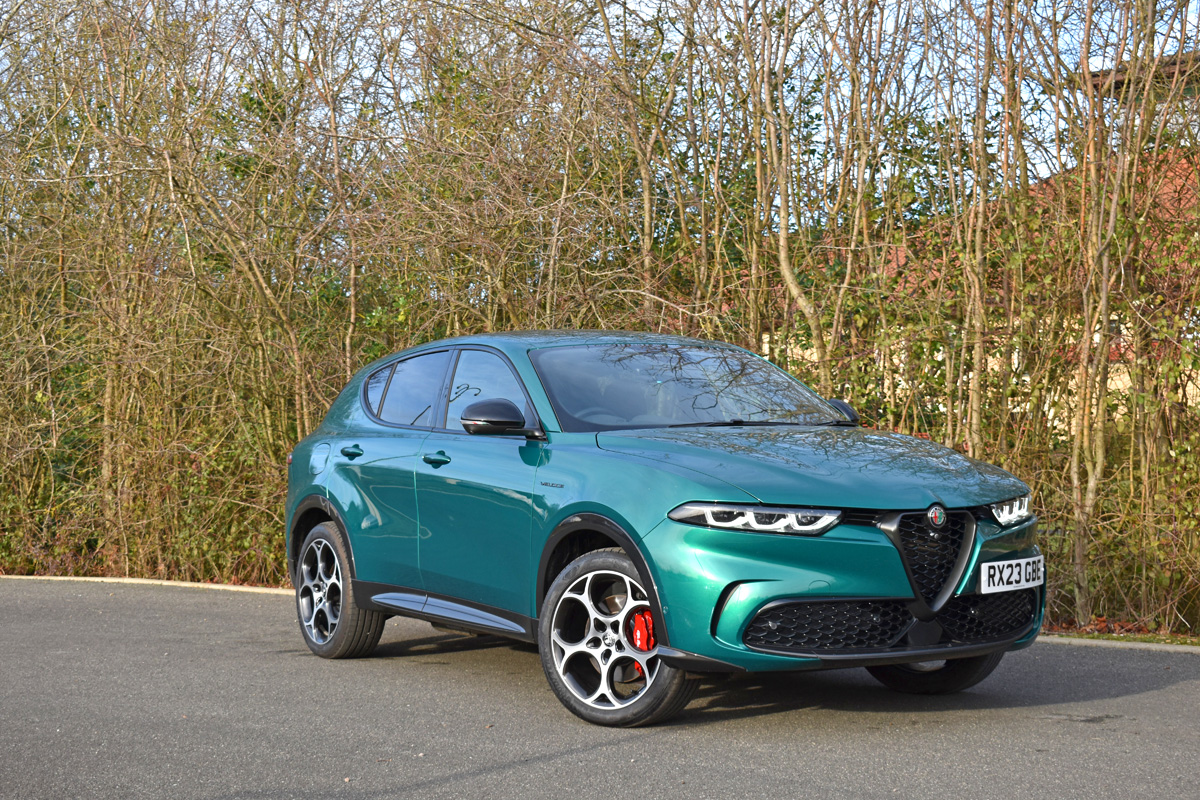
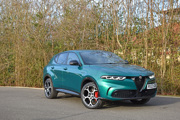
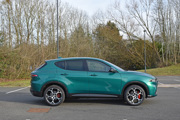
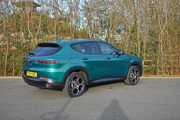
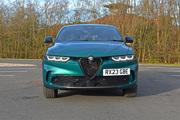
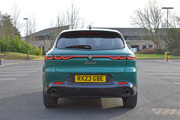
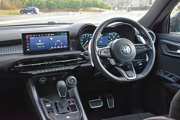
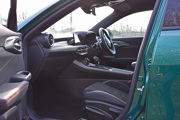
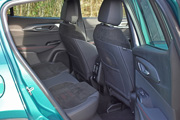
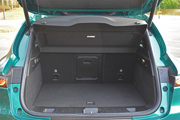
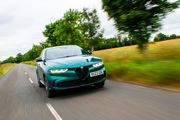

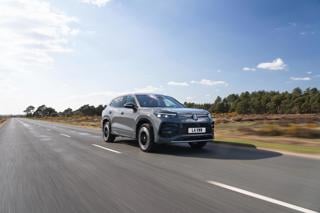
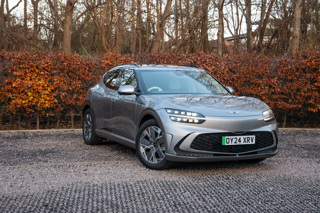

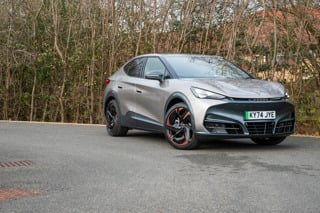












Login to comment
Comments
No comments have been made yet.